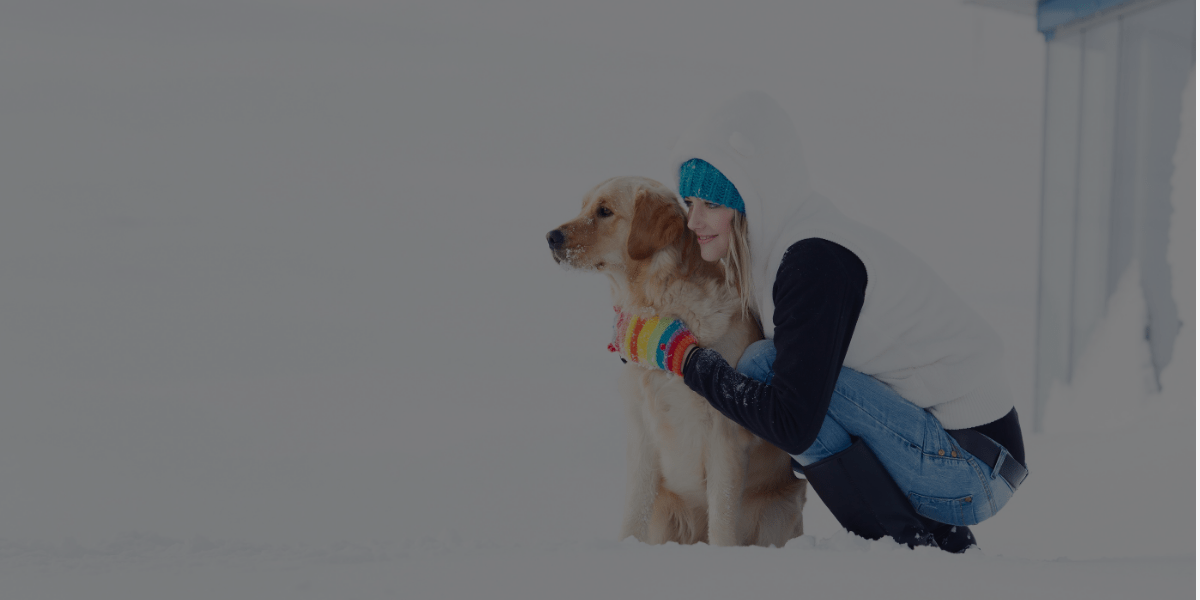When the temperature outside starts to plummet, does your dog get excited at playing in the snow? Or does he prefer to curl up on the couch with you?
Some dogs absolutely love the colder months, but, with winter coming up, it’s important to consider how to best prepare your dogs for the season. Even dogs who could play in the snow all day need a little extra care in the winter! Whether they show it or not, cold weather can have an effect on your dog – plus, no one likes to get too cold.
If you have your dog grooming license, or if you’re preparing to take courses to become a dog groomer, it’s especially important to understand how grooming can help prepare dogs for winter and the holiday season. You probably wouldn’t like to go outside without a jacket when it’s freezing outside, right?
Whether you’re a professional dog groomer or a concerned pet parent, there are lots of things you can do to help protect your dog’s health and wellbeing in the winter. Read on for our list of eight tips!
Buy a Coat
Some people believe that dog coats are more for humans than dogs. After all, dogs look so cute in them, so it’s probably just for our benefit… Right?
Wrong!
Although a dog in a warm winter coat looks adorable on your Instagram feed, those winter coats can actually make a huge difference in your dog’s comfort level during winter walks. While not every dog needs a coat, consider your dog’s breed and hair type.
For example, if you’ve got a furry Samoyed on your hands, he’ll probably be fine without a coat. A tiny chihuahua? Probably not!
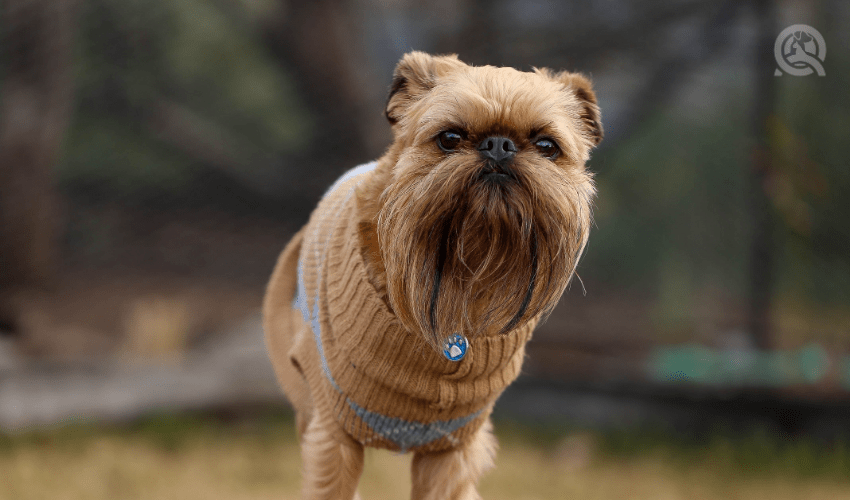
Care for Their Paws
A dog’s paws go through a lot – especially in the winter. One of the best ways to protect their paws against ice and freezing temperatures is to buy them dog boots. Make sure the boots fit securely and are waterproof.
However, not all dogs can handle wearing boots. Some are too big or too small to fit them. Others just hate them so much that it’s not worth the hassle. If your dog isn’t one for winter boots, look into natural creams and balms that will protect their paws against the elements.
Once you’re back from your adventures, make sure to fully dry their paws. Don’t forget to remove any de-icer or salt that might have gotten stuck between their toes! Doing this every time they come in from the outside will make a huge difference in their paw health during the winter.
You should also trim the fuzz between their toes on a regular basis, too. Check out our guide to choosing the best clippers here!
Keep Them Hydrated
A properly hydrated dog will be able to regulate her body temperature more easily than a dehydrated dog. Make sure your dog has plenty of water at home. If you’re planning on taking her for longer walks outside, bring a water source and encourage her to drink regularly. This is especially important if your dog is wearing a coat!
Learn Their Breed Requirements
As we’ve said, some dogs don’t just like the snow – they belong in it! If you have a wintry breed like a husky, malamute, or Saint Bernard, then you probably already know that your dog is happiest when he’s allowed to play in the snow for hours at a time.
But if your dog is generally more comfortable in warm weather, or his breed originated in a warm country, you’ll probably have to go the extra mile to keep him comfortable during the winter season.
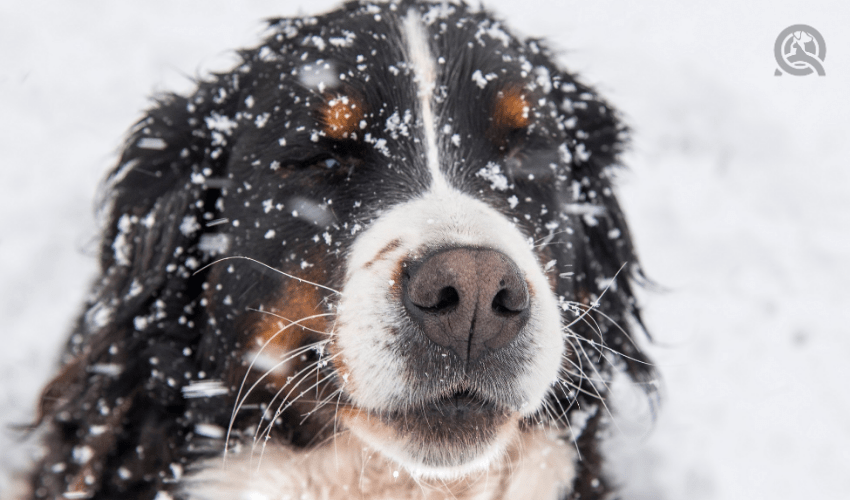
Limit Outside Time
Unless your dog is one of those Arctic breeds, you’ll want to make sure her outside adventures are always followed by plenty of warm inside time. (And even cold-weather breeds should have plenty of indoor rest!)
If your dog begins to shiver, whine, lift her paws from the ground, or seems otherwise anxious or uncomfortable, you should get her inside as soon as possible. Once back at home, focus on gently warming her up.
Give Them Fewer Baths
Too many baths can strip the protective oils on your dog’s skin. This can be potentially harmful, since those very oils are what keep him comfortable and hydrated. During the cold and dry winter months, this means your dog could develop dry, flaky, itchy skin.
Professionals – such as those with a dog grooming license, as well as vets – can usually recommend moisturizing shampoos and other products, in case your dog has a particularly smelly day and needs to be bathed in the winter.
Give Them More Food (Yes, Really!)
Dogs use more calories to stay warm when they’re outside than they during the warmer months. This means that you have every excuse to give them extra healthy treats when you’re playing outside together! You can even increase your dog’s food intake ever so slightly.
Don’t go overboard, though! Always speak to your veterinarian if you aren’t sure whether your dog is getting too much or too little food.
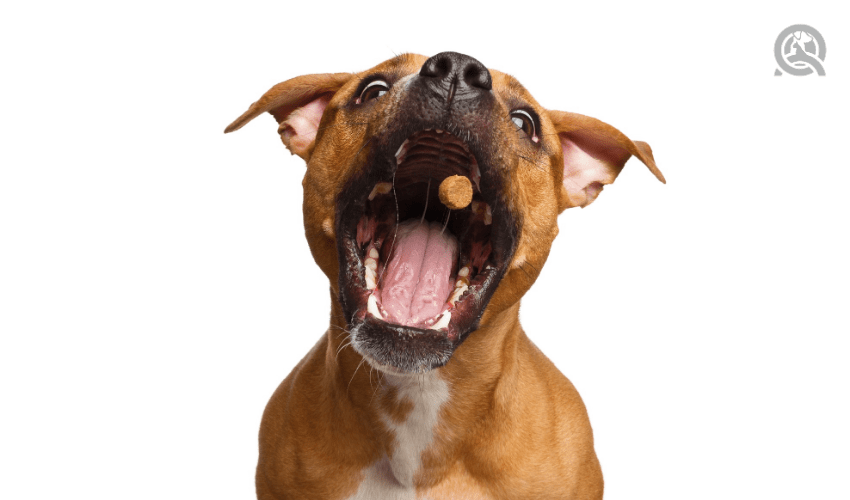
Brush Them
Brushing your dog is a way of preparing his coat for the winter. Of course, an expert with a dog grooming license would be the best person to trust with this job. After all, they’ll know exactly the right way to prepare your particular breed’s coat.
However, brushing regularly at home is recommended either way. When you brush your dog, you’re removing old fur that would otherwise clump and tangle. Fur like that takes longer to dry, which means your dog will be colder, longer. Most dogs grow a fuller coat in the winter to protect themselves from the cold, but brushing your dog encourages that growth.
Once you’ve brushed out all that hair, check out our guide to removing dog hair around your home! You can thank us later.
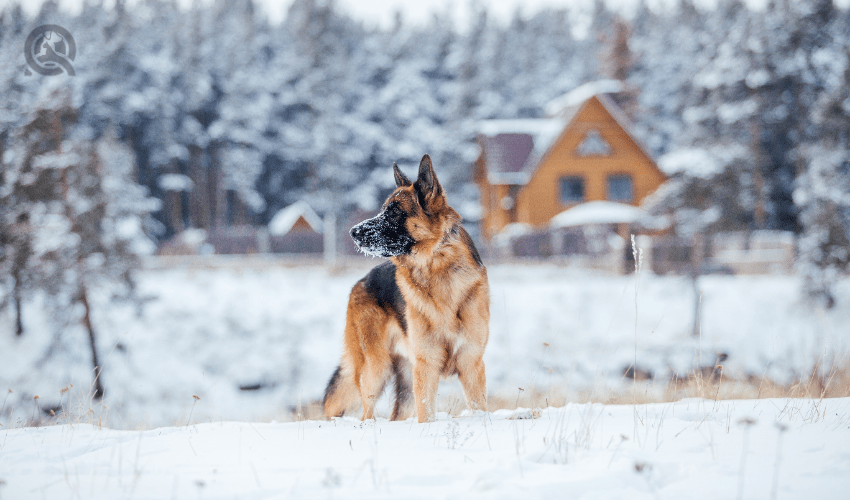
Winter can be an amazing time to get outside with your dog. Even if you aren’t a fan of cold weather, watching your dog bounce around in the snow never gets old! But winter also brings its own challenges and considerations. Thankfully, with a little preparation and research, your dog will be able to enjoy her time with you all winter long!
